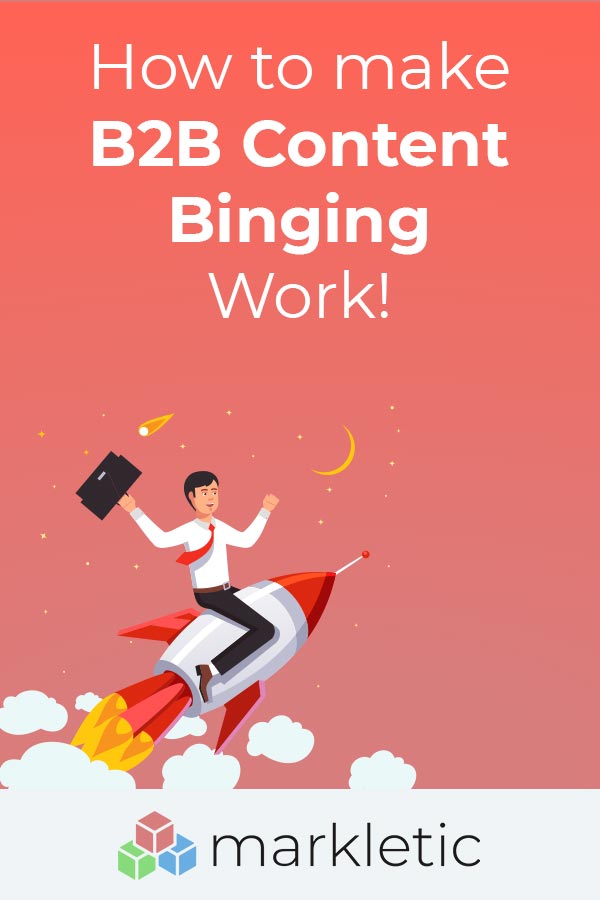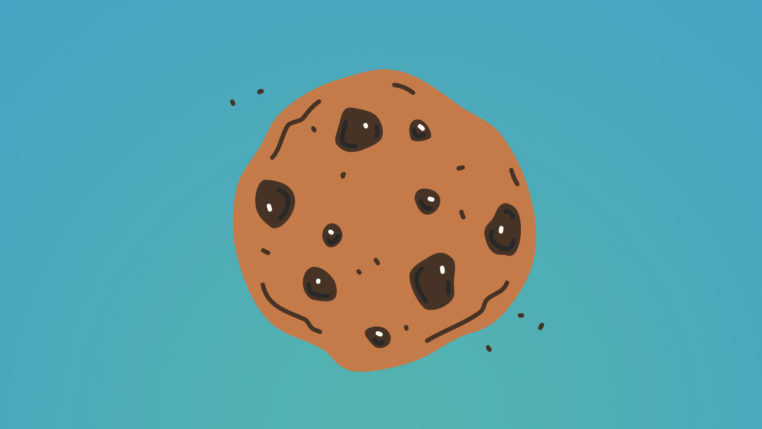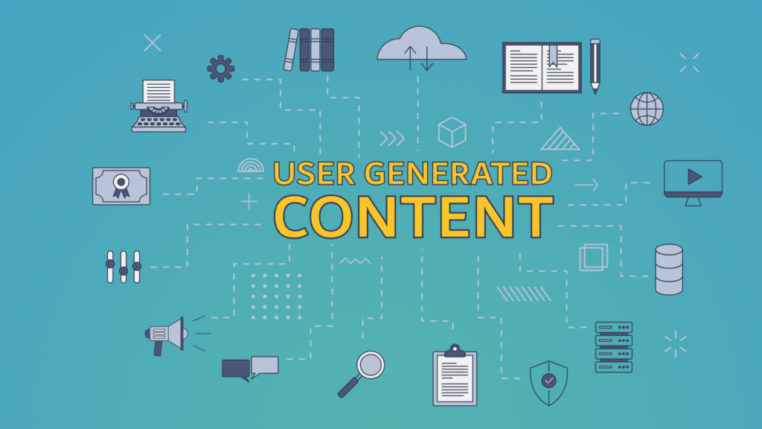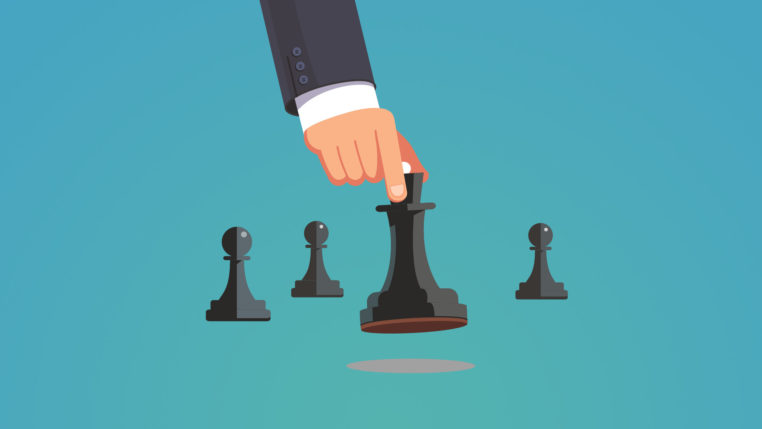How to make B2B Content Binging Work

Table of Contents
In B2B marketing, big bucks are spent to generate leads through content syndication and paid search. These leads are generally stone-cold and nurture programs are often under-performing, resulting in an average cost per Marketing Qualified Lead (MQL) over $1000. The good news is that you can reduce your average cost per MQL significantly with B2B content binging.
Now I promise you, this will put a smile on the face of your CMO and sales team. You will be able to generate more leads with a given marketing budget and you will convert new leads to MQLs faster. Typically in B2B markets, the sales cycles are quite long. The work marketing is doing is even before a sales cycle has started. Being able to reduce the time that new leads convert into opportunities will help the marketing department in making an impact this fiscal year.
By taking it a step further, content binging strategies that focus on prospects where there is an ongoing sales opportunity will accelerate the sales cycle. To illustrate, at my company the average sales cycle will take 100+ days. Being able to reduce this by let’s say 20 days is huge.
To avoid any uncertainties, let’s get started with the basics.
What is B2B Content Binging?
B2B content binging, also called binge-watching, is the practice of consuming content in B2B markets for a long and continuous time span. Content is consumed successional without any interruptions. A common example in B2C markets is when people watching Netflix series episode after episode.
As you can imagine, content binging leads to a high level of engagement. A common practice is to have lead-scoring models in place. When a prospect consumes content, they will get a respective score.
To illustrate, let’s say that the threshold to become an MQL is 40 points. A prospect has consumed the below content and received the respective scores:
- Watched a webinar | +20 points;
- Read a case study | +10 points;
- Read a blog post | +5 points;
- Requested a demo | +50 points.
In the example above, the prospect would have 85 points, which is above the MQL threshold of 40. This person would have converted to an MQL.
With traditional nurture programs, a prospect would receive probably around 1-2 emails per week. Of course, this is simplified but as you can imagine, it would take much longer to warm a new lead up so it’s ready for the sales team.
Often times, nurture programs are too simple and don’t provide enough value. At the very least, you should have nurture programs based on the various types of personas, in which industry they are and where they are in the buying cycle.
How to make B2B Content Binging Work
Reading Time: 5 minutes
Start Providing Value
This is a very simple one; if you are not providing value to your audience, they are going to leave and you’ll never see them again. Always ask the question: “what’s in it for them”?
Communicate this at the beginning of any piece of content. At the beginning of this blog post, I told you that will reduce the average cost per MQL with content binging. This probably hooked you as you are still reading this blog post.
It’s very easy to talk about your product but people don’t buy your product unless you can highlight what value it brings to them. Especially in B2B markets, marketing campaigns are often very commercial. Notably commercial.
Of course, your marketing campaigns are commercial, but this shouldn’t be extremely obvious to your audience. Providing value also means personalization. You need to tailor content to your audience at a personal relevant. You need content to be extremely relevant.
In fact, 60% of marketers are looking to improve the quality of leads by implementation personalization in their demand generation strategies. 57% of marketers are going to focus on their content strategy. Guess what, if you can implement content binging successful, your conversion rates will skyrocket.
Become More Customer-Centric
The expectations of people are increasing in terms of Customer Experience and User Interfaces. Especially B2C companies are great at providing excellent customer experience.
The bar is rising but B2B organizations are often slacking with this regard. A great example just happened to me minutes ago. I was doing research for this blog post and wanted to download content. I was happy to fill in some form fields but as I started filling the form, more form fields started popping up. They were simply asking too much information so I left the page, and guess what: they just missed the opportunity to generate a lead.
Make it easy for people to register for your webinars and other gated content. You have to start thinking outside of the box. I understand that companies want to have all the data with the first form completion, but this can make the obstacle to registering bigger.
In the example above, they were asking my address details and made it a mandatory field. However, they already knew my company. There are technologies that you can use for data enrichment. For example, they had my company name, so data enrichment tools could have just added my address in their CRM. This would have made the obstacle to registering smaller and they would have had a new lead.
The point I’m trying to make is that you must focus on customer experience. Blow your prospects away with how simple your website is and how easy it is to find the next piece of content.
For example, when people are reading a case study and they are almost at the end of the case study, you can have a chatbot pop up and show a link to a new case study that is relevant for them. Again, the key is personalization.
Respond to your audience content preferences
What is your audience’s favorite type of content? If you were able to answer that question, then you’re off to a good start. However, many companies don’t know the answer to this question.
B2B companies are spending millions on demand generation strategies and don’t know this answer. Sounds a bit crazy, right?
It could be that your audience prefers watching short videos over webinars. Maybe they like to listen to podcasts rather than reading a blog post. You need to make the barrier to content consumption as low as possible. This starts by understanding what type of content your audience prefers.
In general, people like easy to consume content the most. A webinar of let’s say 30 minutes will only work if you can provide enough value throughout the entire webinar. This is a hard thing to do, but it’s possible. In any case, you’d have to make it interactive.
When you know your B2B audience content preferences, you can adapt your content binging strategy and this will make it much more likely to succeed.
Create a storyline
Content binging without a proper storyline is not going work. A great example in the B2C market is Netflix. You’ll notice that series always have a storyline. B2B content marketing strategies are more often than not siloed.
In order to convert leads into MQLs faster with content binging, you will need to create an integrated content marketing strategy. Various pieces of content should flow into the next pieces very naturally.
A storyline also means that your content structure should be logical. The most important thing is that you need to hook people. If you lose too much audience at the first 5-10% of content consumption, then your conversion rates are not going to be great. If you are able to hook people and show them what value your content brings them from the get-go, you will be able to convert at a much greater rate.
Demand generation is all about testing, some pieces of content might not resonate with your audience. Your content binging strategy might not work in the beginning, the important thing is to test and make data-driven decisions. To get your audience to content binge, you are going to need to do a lot of optimization.
Leave them wanting more
Every piece of content should naturally flow into another piece of content. When you are developing your content marketing strategy, you always need to think about what piece of content to present to your audience next.
Let’s say you are concluding a webinar. You don’t want people to sign off and leave your website or webinar platform forever. At the end of the webinar, you need to present the next piece of content and explain what value the next piece of content will bring to your audience. Also, make sure that you update your best performing content!
To illustrate, imagine that you are hosting a webinar with a customer in the financial sector. You are in the software industry. Your audience is CxOs from the financial sector. With CxOs you always need to be talking in business value. Don’t get too technical. So at the end of the webinar, you might present a link to a case study in which another customer in the financial sector explains how your software made their employees 5 times more efficient; saving $50k per quarter. I guarantee that a good percentage of your webinar attendees will click and read the case study.
What happens if you succeed in B2B content binging?
Let’s face it. A career in marketing and B2B demand generation is hard. The competition is increasing and technologies are making it easier for everyone to compete in markets.
B2B content binging alone shouldn’t be your only strategy. You should include B2B events and you need to find ways to create exponential growth; possible through growth hacking.
Getting B2B content binging to work will result in a reduced average cost per MQL. Meaning you will be able to generate more MQLs with the same marketing budget. Furthermore, it will result in better user experience. Your sales cycles will shorten and you will be able to do bigger deals. Why? Because you are providing more value from the get-go.
Content binging and remarketing go hand-in-hand. However, in B2B markets it can be expensive to advertise on Google. Here are 11 tips to reduce Google Ads costs.
B2B marketing is often too siloed and that needs to change. For example, if you combine content binging in your event marketing strategy, the event ROI will be much greater.
Conclusion
You can make B2B content binging work through:
- Providing more value to your audience;
- Becoming more customer-centric;
- Responding to your audience’s content preferences;
- Creating storylines;
- Leave your audience wanting more content.
How has B2B content binging helped your company?

Share this article





